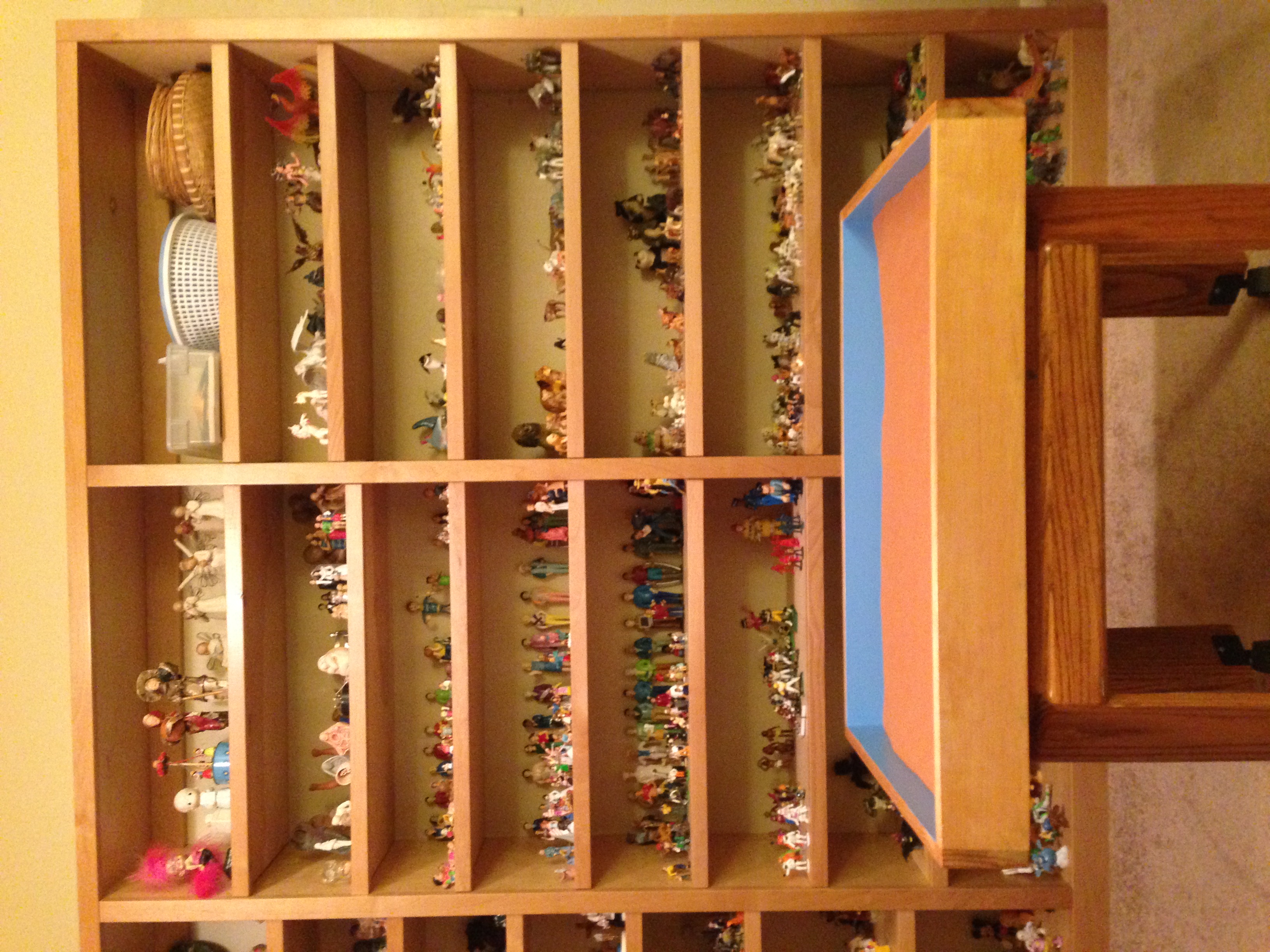“Sandplay provides an opportunity to process life experience through a tangible, visible procedure
which is both fun and intensely meaningful, both intimately revealing and symbolically concealing.
The process of healing takes place while playing with the sand and figurines, without the need for interpretation, verbalization, or conscious awareness. The tray absorbs the fear and anger and hurt as these feelings are revealed in the scenes, rather than being painfully voiced as in verbal therapies.”
Sand Tray Play Therapy, also referred to as Sand Tray Therapy and Sandplay Therapy, is an expressive approach to therapy in which the client “creates a world” in a tray of sand using a wide variety of miniature figurines. The nonverbal story of the “sand tray world” is often, though not necessarily, accompanied or followed by story telling, or other verbal processing of the world, figures, or experience. The creative and symbolic nature of the sand tray allows clients to express, process, and integrate both conscious and unconscious material that may be difficult or impossible to access through typical “talk therapy” approaches. The therapist acts as a nonjudgmental witness whose focus is to provide a free and protected space, both physically and emotionally, for the client’s self expression.
Children are often naturally drawn to the sand play, but adolescents and adults also feel comfortable with this mode of expressive and therapeutic play. The strong nonverbal component of the sand tray process makes this modality applicable across a variety of cultures as well. Therapists of diverse orientations, including play therapists, find that the sand tray is a powerful tool that can facilitate healing for clients with a variety of presenting problems, including trauma, anxiety and depression, family and life transitions, behavioral problems in children, and other life adjustment or mental health issues. While the sand tray is traditionally used in the context of individual therapy, more recent developments include use of the sand tray with families and groups as well.
Sand Tray Play Therapy as we know it today has its origins in the work of Margaret Lowenfeld, an early 20th century pediatrician, and Dora Kalff, a student and colleague of C.G. Jung. The therapeutic use of images and stories by these early therapists and theorists is now supported by the current neuroscience research which indicates that thought begins with images rather than with language, that there are parts of the brain that we cannot access with language, and that a person’s capacity for coherent verbal and nonverbal storytelling is often indicative of good mental health.
Regardless of the setting in which Sand Tray Therapy is used – community clinics, private practices, school counseling programs, hospitals and hospices – counselors who work with the sand tray receive extensive specialized training in this powerful modality that enables them to responsibly use the sand tray in the most healing and effective ways with their clients. A variety of training programs and professional associations exist to support mental health professionals who wish to pursue post-graduate training in Sand Tray Play Therapy.
Adapted from An Overview of Sand Tray Play Therapy, R. Kubic (2009). Retrieved from www.azapt.org

